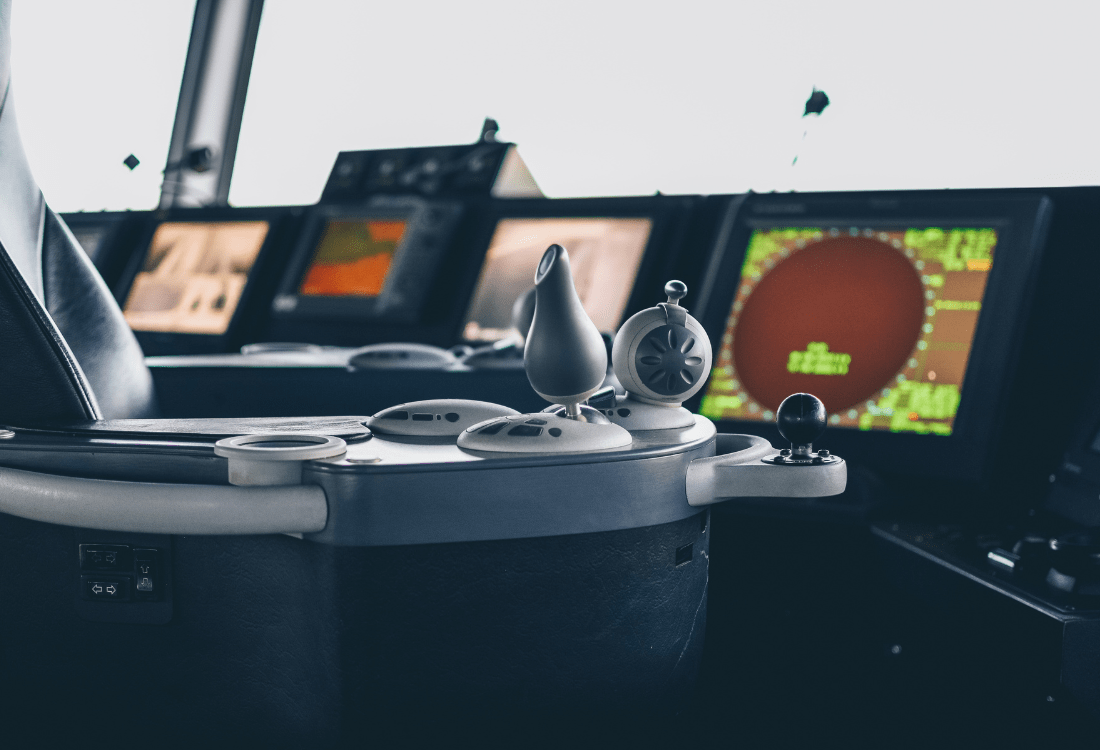After a sharp dip in demand in 2020 and 2021, demand for global air travel showed a buoyant recovery in 2023, approaching pre-pandemic levels. In December 2023, for instance, global air traffic rose by 25.3% compared to December 2022, indicating a strong rebound and renewed confidence in commercial air travel. Projections suggest that global passenger volume could hit 9.4 billion annual passengers in 2024, surpassing 2019 figures.
This growth in demand poses the question: do the needs of modern aviation require a more technology-driven approach to air traffic control systems?
The Air Traffic Control Problem
Even before the pandemic, many airports were facing an ‘air traffic control problem’, encompassing a range of challenges associated with managing the efficient and safe movement of aircraft in the sky and on the ground. These challenges are becoming more complex and prevalent as the air travel industry grows, demanding more modern and innovative solutions to ensure fluid air traffic movement, as well as minimise environmental impact.
The problem is compounded by the fact that many ATC systems currently rely on outdated surveillance technology, designed for when global travel volumes were significantly lower than they are today. Most ATC professionals recognise that the aviation industry needs to stay up-to-date with the digital world, and it would benefit many air traffic control systems to utilise modern automation to help them stay on top of day-to-day quality assurance, so that outages are blocked. In early 2023, for instance, US airspace was suspended for almost 3 hours due to an FAA (Federal Aviation Administration) computer system failure, which resulted in thousands of flights being disrupted or cancelled.
Unfortunately, upgrading ATC infrastructure often requires substantial financial investment, as well as complex implementation involving training for staff as well as integration with existing systems. The rapid pace of technological advancement, moreover, means that newly implemented systems risk becoming outdated within a few years – making the task of keeping ATC technology current an ongoing challenge.
Air Traffic Control Modernisation
So, what is the best approach to ATC modernisation? Clearly, given the critical role of ATC systems in managing the safety, well-being, and reliability of air travel, any investment in modernisation must be carefully managed. An efficient way of spreading risk is to implement modernisation initiatives in phases, allowing plenty of time for adjustments and testing, and minimising disruption to ongoing operations at a time of growth.
Closer collaboration between air industry stakeholders also allows a more efficient approach to modernisation than approaching it on a siloed, airport by airport basis. By working closely with industry stakeholders, airlines, and international organisations such as the International Civil Aviation Organisation, ATC professionals can future-proof their modernisation initiatives by ensuring greater compatibility and interoperability of systems globally, with the ability to adapt to changing international standards and procedures.
Find Out More
Modernising your ATC systems has the potential to enhance safety, throughput, and efficiency at your airport, enabling the integration of advanced technologies, improving safety protocols, and increasing aerospace capacity. To find out more about our solutions and how they can support you, please get in touch today by clicking here.
Image Source: Canva

